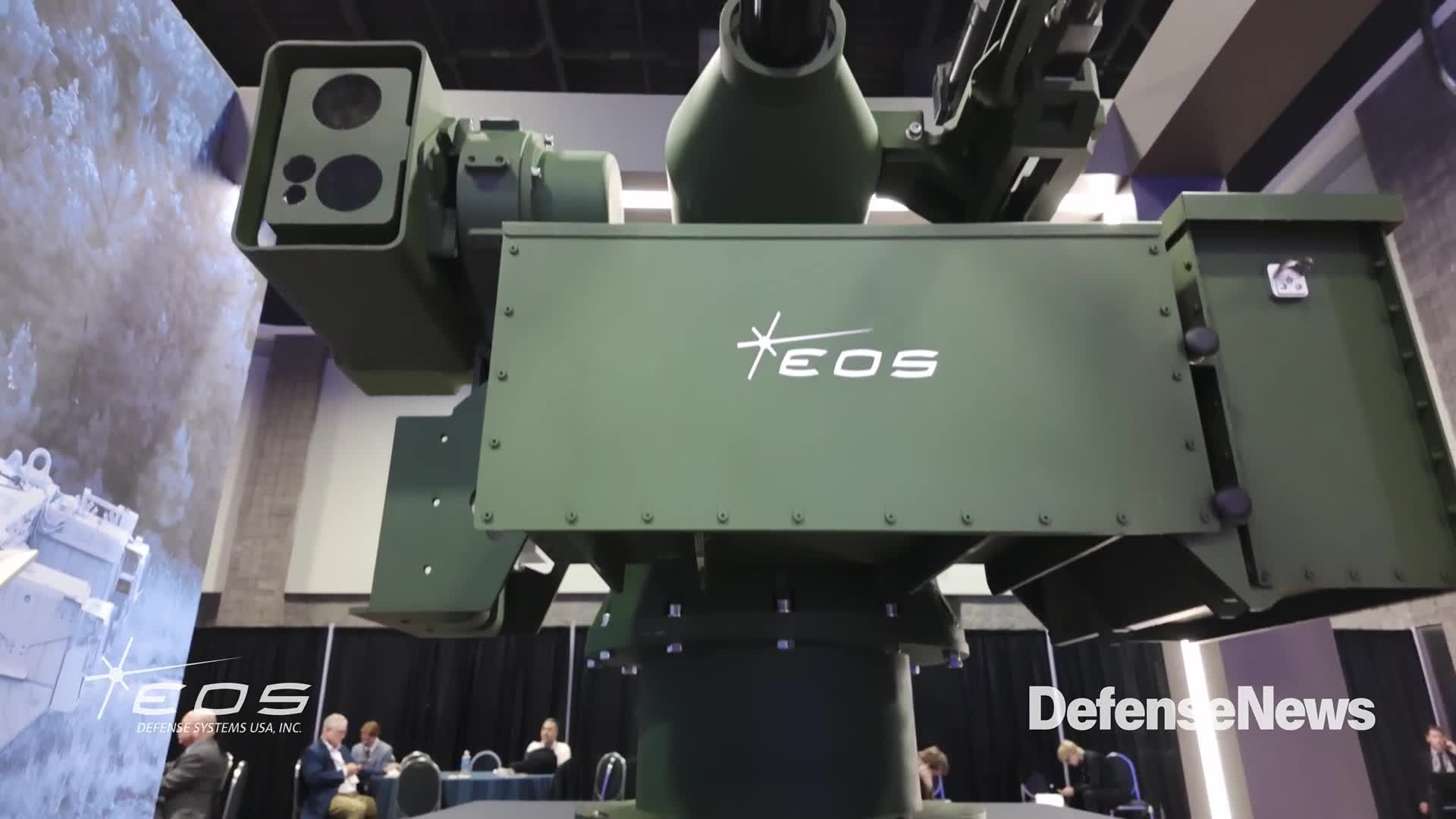House lawmakers want to allocate more than $1.3 billion in fiscal year 2025 toward Pentagon initiatives such as the Defense Innovation Unit — part of a continued push from Congress to field commercial technology at a faster clip.
The House Appropriations defense subcommittee’s draft of FY25 military spending legislation, released June 4, would add more than $500 million for DIU initiatives to quickly deliver capabilities that meet urgent needs from combatant commands and the services. The bill would also expand access to classified facilities for the innovation hub and the non-traditional companies it works with.
Another $400 million would support a Pentagon effort to fast-track technology from small business to military users, known as Accelerate the Procurement and Fielding of Innovative Technologies, or APFIT. Congress provided $300 million for the project in fiscal 2024, which funded capabilities including a mobile communications gateway for the Navy and optical clocks for the Defense Advanced Research Projects Agency.
The bill, which the committee is slated to debate June 5, would continue a campaign from House appropriators to ensure that the Department of Defense has more resources to back up its stated objective to better leverage innovation in the private sector.
In FY24, a provision from the defense panel calling for an $800 million increase to DIU appropriations made it into law. Along with providing a financial boost, the legislation gave the organization more authority to drive DoD’s innovation fielding efforts.
At the Pentagon, DIU’s influence has grown in recent years. Defense Secretary Lloyd Austin last year elevated the unit to report directly to his office and named Doug Beck, a former Apple executive, to lead it.
Beck now sits on the Deputy’s Innovation Steering Group, which oversees DoD efforts to rapidly field technology to address high-need operational problems. DIU is also playing a key role in Replicator — an effort to field thousands of drones by next summer and develop a process for quickly delivering capabilities to military users.
DIU is working now to craft a spending plan for the funding it received in FY24 which, due to prolonged budget deliberations, came more than five months into the fiscal year.
The organization plans to distribute the money across four primary buckets: accelerating existing programs, launching new ones, supporting projects housed within other Defense Department innovation organizations and addressing some of the challenges commercial companies face as they try to work with DOD.
Courtney Albon is C4ISRNET’s space and emerging technology reporter. She has covered the U.S. military since 2012, with a focus on the Air Force and Space Force. She has reported on some of the Defense Department’s most significant acquisition, budget and policy challenges.








